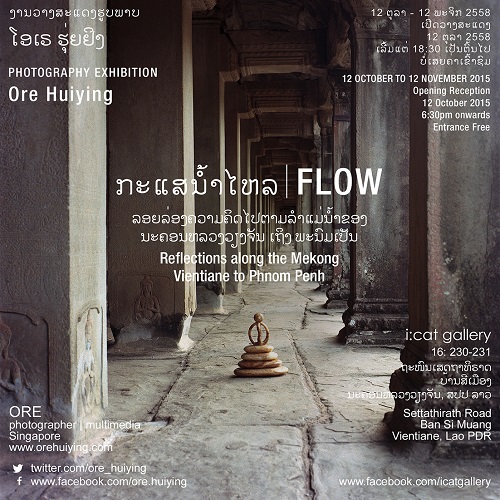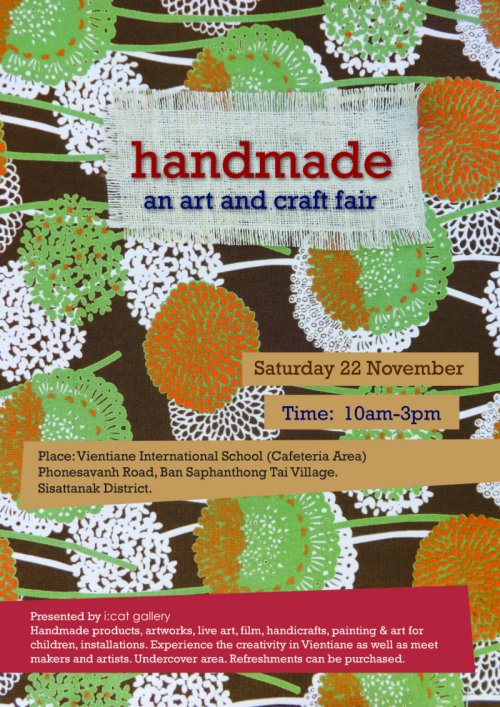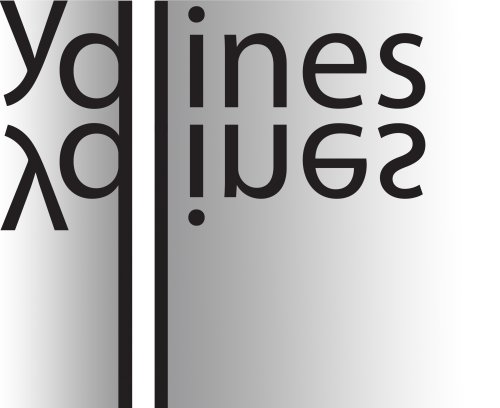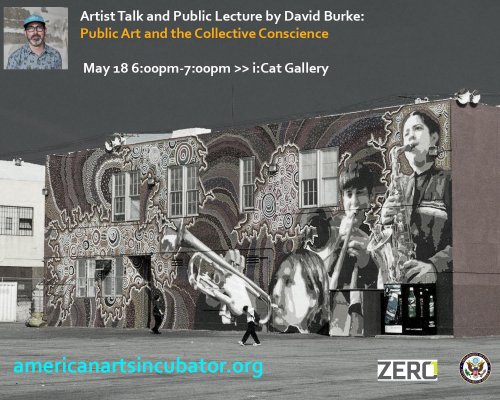FLOW, A Photography Exhibition By Ore Huiying
FLOW, a photography exhibition by Ore Huiying, will be held at i:cat gallery, 16: 230-231 Settathirath Road, Ban Si Muang, Vientiane, Lao PDR from 12 October (6.30pm onwards) to 12 November 2015.
The photographs are reflections on the existence and absence of religion in modern Laos and Cambodia. FLOW was created as Ore travelled overland from Vientiane to Phnom Penh, with the Gautama sculpture and the Kasaya canvas artwork.
The artist Ore Huiying says: “The images in FLOW are inspired by my reflections on the existence and absence of religion in in modern Laos and Cambodia. They were created as I travelled along the Mekong River from Vientiane to Phnom Penh, with Gautama and Kasaya, a sculpture and a canvas artwork based on the works of Jeetendra Marcelline.
When Jeetendra first mentioned his artworks in relation to a folio on Buddhism and Christianity, I was intrigued. As a free-thinker without any particular religious beliefs, I was curious about the perspectives I could bring to the narrative. And when he proposed for me to journey with them along the Mekong and create a photographic series based on my interpretations only, I immediately accepted.
The freedom of the approach adopted was both liberating and unnerving at the same time, as it was my first attempt at working without a structure or narrative in mind. Yet I was motivated by the challenge. For this series, I chose to photograph with a medium format film camera that allowed me to work in a meditative manner.
I felt that there was no better place to begin my study than along the Mekong- the Mae Nam Khong or the ‘mother of water’. Like a gigantic serpent, the Mekong winds across Indochina, giving birth to civilizations along its banks. The Mekong is a transnational space where the earliest trade between China, India and countries along the river took place. And the dominating influence of Indian civilizations that resulted from this interaction is evident in the religions practiced in the region.
The images I created from my journey act as a vehicle for discussing the origins and form of religion in Laos and Cambodia and the similarities and differences in both countries. Moreover, it prods the question of whether religion still has relevance in consumerist societies, which are characterised by different beliefs and values.”




